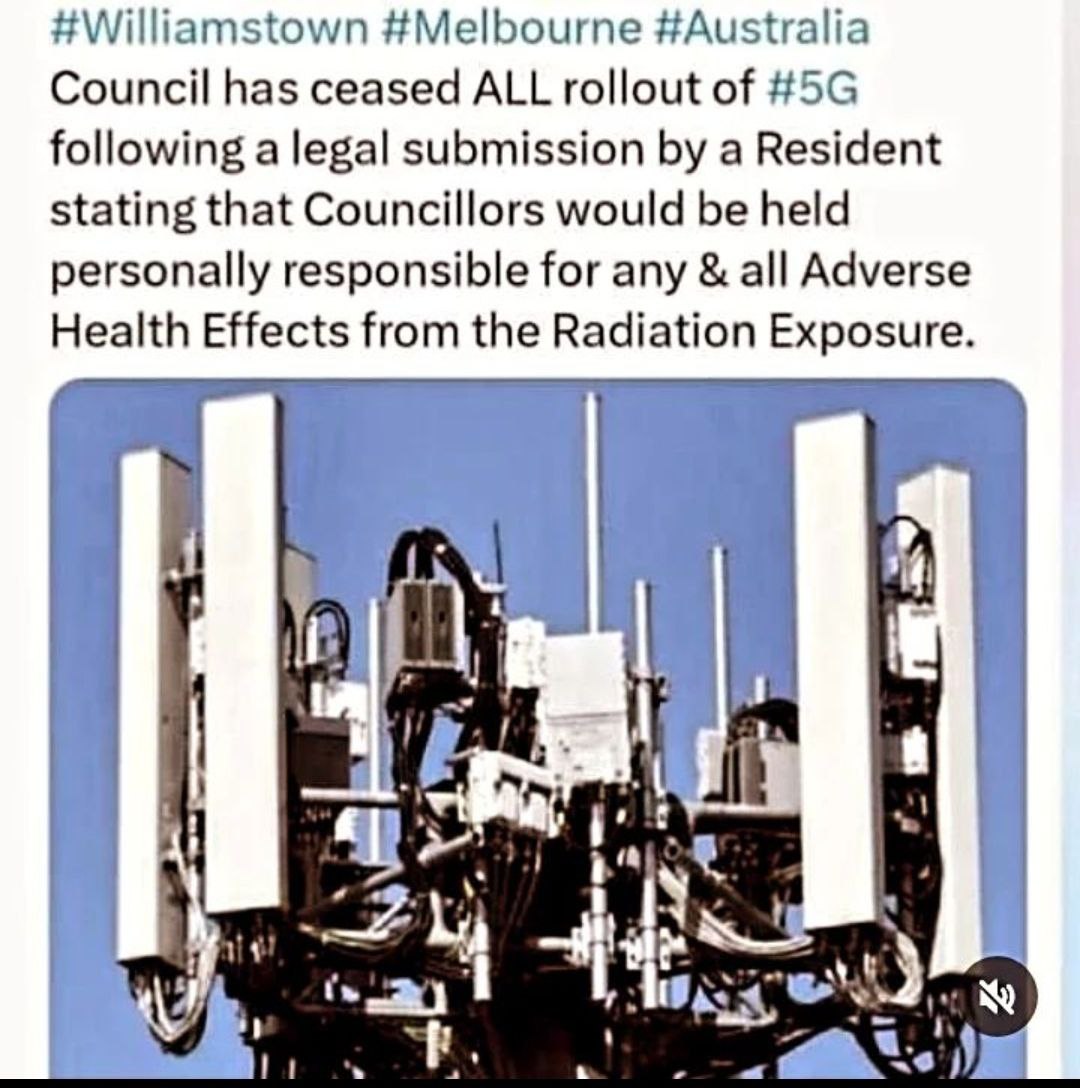Judicial Review, London. The EECC submission AC-2023-LON-003728 is waiting for a judge to be appointed. Meanwhile do watch this interview with one of the Claimants Karen Churchill, about her journey raising awareness about 5G. She was also one of the claimants on the Action against 5G case with Michael Mansfield.
Please support them via the gofundme page as they now need cover their costs to continue with this vital challenge.
My 5G journey with Karen Churchill
Judicial Review, High Court Cardiff. 09.30 Thursday 11th April. This case could set a precedent for how councils process prior approval applications including in relation to how local authorities assess the impacts of the proximity of the masts to residential buildings.
Meanwhile do keep objecting to mast applications; see general template letter, with EECC action, link.
SIGN UP TO NEWSLETTERMast Applications
•Take action steps on RFinfo: UPDATED Template Letter Step2: rfinfo.co.uk/mast-objection/
•new portal for seeing the latest Planning Applications to comment on
Mitcham residents win battle against EE phone mast as council says it would destroy area’s character
There were 4 reasons for refusal, 2 of them we could learn from and apply if appropriate in the future :
“…by reason of the absence of a flood risk assessment and its siting in an area identified to be at risk of ground water flooding, has failed to demonstrate that flood risk is not increased elsewhere and that the development accords with the requirements of the NPPF para 167. The proposal is thereby considered to be contrary to, in particular, the NPPF and Merton Sites and Policies Plan Policy DM F1.”
” The proposal, by reason of its siting, proximity to trees and in the absence of sufficient arboricultural information, has failed to demonstrate that the scheme would safeguard the health and longevity of all adjacent trees to the detriment of biodiversity, the visual amenity of the locality and thus fail to preserve or enhance the setting, character and appearance of the conservation area. The scheme is thereby contrary to the NPPF and, in particular policies DM O2, DM D1, DM D2, DM D4 and DM D6 of the Merton Sites and Policies Plan 2014 and policies G6 and G7 of the London Plan.
Letter 3 here puts notice to councils when non existent Telco companies are listed on ICNIRP certificates, thereby invalidating the application.
Environment
Cellphone Taskforce: Newsletters. February: rainbow Lorikeets falling from the sky.
There is plenty to be added to the comments on this very welcome column from the Stroud MP on Smart Phone use by children, particularly regarding health effects.
Health and Research
Plenty of concerns over phone tech – rebuttal of article in South Wales Evening Post.
Florida Passes Law Banning Children Under 16 From Using Social Media
Jonathan Haidt: Smartphones vs. Smart Kids. 52mins. Bestselling author and social psychologist Jonathan Haidt shares research findings from his upcoming book, The Anxious Generation: How the Great Rewiring of Childhood is Causing an Epidemic of Mental Illness.
Scroll down here to the Podcast “Zach Bush on Water and Hydration”, he notes how EMFs are harmful to the tight junctions in our cells.
Real-life 5G case studies (Hardell, Nilsson). Published REAL-LIFE 5G Case Studies, which demonstrate the real-life effect of 5G on human health. All studies are by oncologist and researcher Lennart Hardell from the Research Founda=on for Environment & Cancer and Mona Nilsson from the Radiation Protection Foundation.
Technical
Who Controls the off Switch ? Smart meters
LED lights factsheet. The major issue is not the LEDs themselves necessarily but how they have been/are being deployed and used. To a significant extent it’s a problem that is caused by strange product specification decisions rather than the tech itself. It’s a head-scratcher that unpleasant more harmful cold light temperature LEDs covered by poor diffusers are being used in all our roads. The slides from the presentation are attached
Legal and Resistance
The 5 main points in the UK EECC Judicial Review are strictly procedural:
- The right to challenge exists
- This challenge meets the formal requirements and has been submitted within time
- The challenge contains advocated remedies which are within our rights and embedded in law
- LPAs have to be equipped to fully independently carry out their duty as EECC competent authorities
- This duty, and all it entails, has to be made clear to LPAs so they can be effective and transparent.
New York’s Digital Meter Opt-Out Bills S5632-A & A9148A – New York State now has a bill pending in the legislature that would set the model for the country. The bill guarantees that any utility customer can opt-out of a digital utility meter and keep their analog meter without penalty or cost.
5G Concerns & unanswered questions – Colchester Full Council Feb 21 (Round 11 pt2). Carinna, Brian, Sir Bob Russell & Simon Collis voiced their concerns and asked some awkward questions at full council. 5G videos with Ian Jarvis
Evidence of Government Fraud. Former policeman, Gary Waterman, joins Richard Vobes to expose a huge government fraud surround illegal practices at Company House and the registration process, and how this makes the tax system unlawful. (including the 5G mast certificate fraud)
A short video made after the Radiation Health 2019 International Conference. Ignore ICNIRP, 2019. 7mins.
COVER-UP: Phone Radiation Research Cancelled After Safety Risks Uncovered.
———–
As we wait to hear the outcome of our EECC application to force the UK government to enact public health protections in accordance with its obligations under the European Electronic Communications Code: We are ‘Fighting Clean’ !
‘Fighting Dirty’ have been granted a judicial review hearing. Britain is becoming a toxic chemical dumping ground – yet another benefit of Brexit
———–
This Hansard debate is raising some issues. “That this House has considered the impact of 5G mast installations on communities in Greater Manchester.” The debate covers the powers given to telecommunication companies to instal infrastructure on and around a public highway in residential areas, and covers the roll-out of 5G and wireless broadband through masts, cabinets and telegraph poles across Greater Manchester. For Oldham, that includes installations primarily by IX Wireless, BT and Vodafone.
‘Historic Day’: Judge Hears Arguments in CHD Lawsuit Challenging Fast-tracking of 5G Infrastructure in Los Angeles A Los Angeles County Superior Court judge this week heard oral arguments in a lawsuit brought by Children’s Health Defense and a coalition of community and environmental groups that allege the county’s plan to fast-track wireless infrastructure violates state law.



